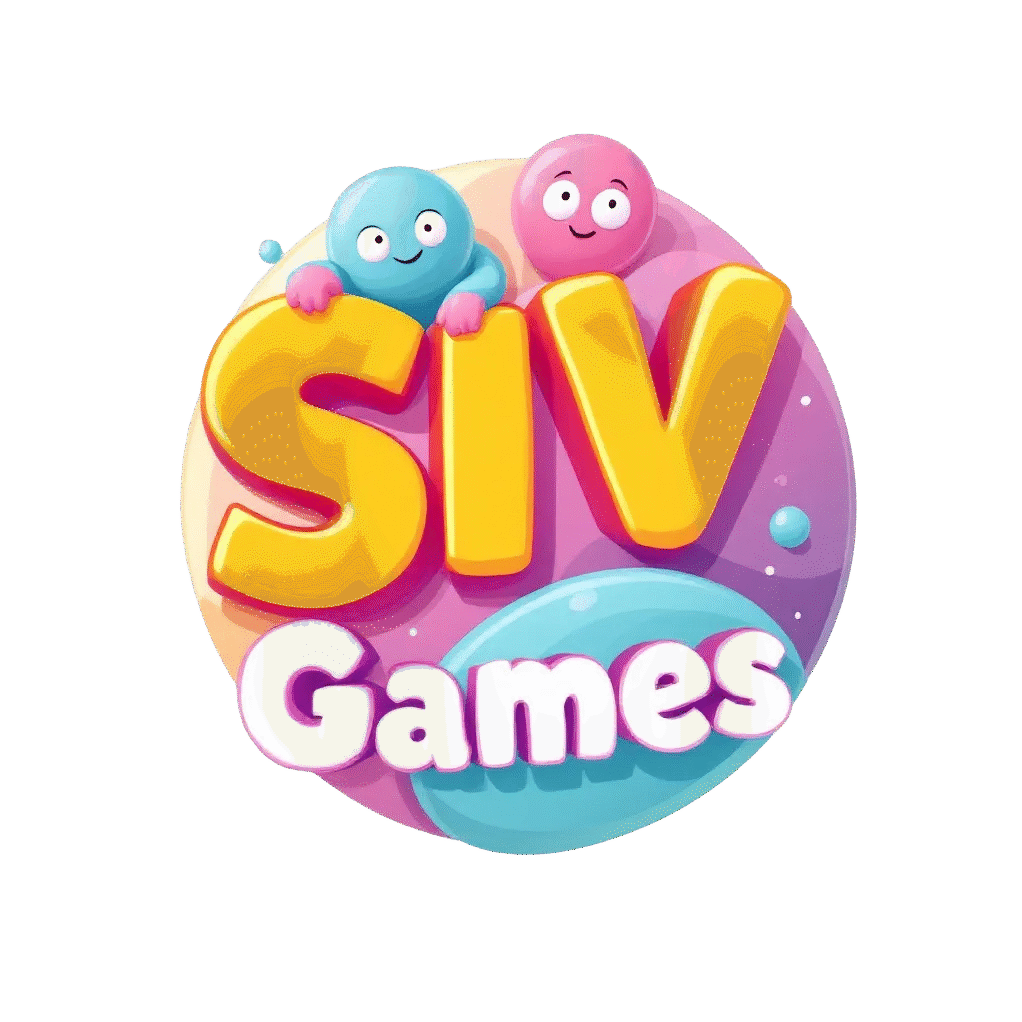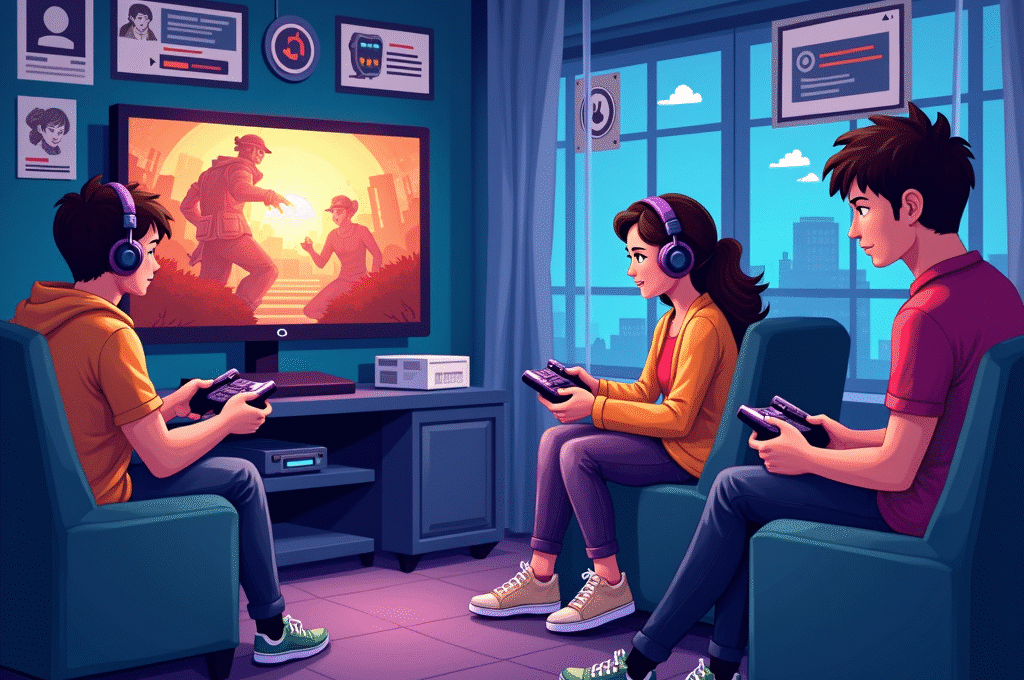**1. Introduction: Why Player Psychology Matters in Game Development 🧠**
In the competitive world of game development, making a good game isn’t enough — it has to be *sticky*. Developers and designers are constantly striving to understand what makes players not just pick up a game, but keep playing it, recommend it to friends, and even return weeks or months later. This is where player psychology becomes a game-changer.
Understanding the cognitive and emotional drivers behind player behavior enables studios to design games that are more engaging, satisfying, and ultimately more successful. In this post, we’ll explore key psychological principles every game studio should integrate into its design strategy to master player retention and build lasting player relationships.
**2. The Hook Model: Trigger, Action, Reward, Investment 🔁**
One of the most widely adopted behavioral design frameworks in modern game design is the Hook Model developed by Nir Eyal. It provides a simple yet effective model for habit formation:
– **Trigger**: External or internal prompts that lead the player to start playing (e.g., push notifications, boredom).
– **Action**: The player takes action in anticipation of a reward (e.g., logging in to collect daily loot).
– **Variable Reward**: The core mechanic that keeps players coming back. This could be randomized loot drops or progression rewards.
– **Investment**: Every choice or customization the player makes earns them interest in the game (e.g., building a character, joining a guild).
By designing game loops around this model, developers can encourage repeat interactions and stronger emotional commitment.
**3. The Power of Progression Systems 📈**
Players love to feel a sense of progress. Whether it’s leveling up a character, unlocking new abilities, or exploring new worlds, progression taps into our goal-oriented cognitive bias.
– **Short-term feedback**: Quick progress early on builds confidence.
– **Mid-term goals**: Missions, quests, and seasonal events provide structure.
– **Long-term mastery**: Endless or high-difficulty tiers cater to competitive or completionist players.
Tightly integrating visible progress systems directly supports psychological theories around dopamine rewards and motivation — particularly the Zeigarnik Effect, which creates a desire to complete unfinished tasks.
**4. Balancing Challenge and Skill: The Flow State 🎮**
Psychologist Mihaly Csikszentmihalyi introduced the concept of the “flow state” — a mental state where a person is fully immersed and enjoying the process of activity. In games, achieving flow happens when challenges perfectly balance a player’s skill level:
– **Too easy**, and players get bored
– **Too hard**, and players get frustrated and churn
The key is to dynamically adjust difficulty through adaptive game mechanics, player feedback, and optional challenges — something AI and machine learning are beginning to automate at scale.
**5. Meaningful Choices and Player Agency 🕹️**
Modern players crave agency and meaningful consequences. These support self-determination theory (SDT), which posits three core psychological needs:
– **Autonomy**: Feeling in control.
– **Competence**: Feeling skilled and effective.
– **Relatedness**: Feeling connected to others.
Allowing players to shape their journey through branching narratives, open-world exploration, and moral dilemmas creates a deeper emotional bond. Studios like BioWare and CD Projekt RED have built strong fanbases by offering such meaningful player choices.
**6. Social Mechanics and Community Building 👥**
Games are not just solo experiences. Multiplayer elements, leaderboards, guilds, and community events tap into our social identity.
– **Co-op play** increases emotional bonding
– **Competition** (with friends or globally) drives repeat participation
– **User-generated content** (e.g., building or modding) gives players ownership
Studios that actively encourage social mechanics often see increased daily active users (DAU), reduced churn, and even viral growth via word-of-mouth.
**7. The Role of Narrative in Emotional Retention 📖**
Narrative-driven games don’t just deliver a story — they deliver empathy. Games like *The Last of Us*, *Life is Strange*, and *Hades* demonstrate how deep emotional connections and character arcs can keep players coming back.
Scientific studies have even shown that narrative involvement can significantly impact memory recall and emotional response. In essence: good storytelling prolongs player engagement and increases retention.
**8. Avoiding Ethical Pitfalls: Design Responsibly ⚖️**
As powerful as psychological triggers are, studios must use them ethically. Overuse of microtransactions, manipulative loot boxes, or compulsive play can backfire, drawing backlash and regulatory attention.
Follow guidelines such as:
– Clear communication about monetization
– Avoid targeting vulnerable users
– Prioritize player wellness with time-out reminders or healthy breaks
A player-first mindset is not just good ethics — it’s good business.
**9. Final Thoughts: Design for Connection, Not Just Retention 🧩**
Smart use of player psychology can vastly improve retention rates and lifetime value (LTV) for any game. But beyond the metrics, it’s about crafting experiences players feel connected to. When games satisfy real human needs — achievement, creativity, community, and purpose — players stay, support, and evangelize.
Whether you’re building a hyper-casual mobile game or a sprawling MMORPG, designing with psychology in mind isn’t optional anymore — it’s essential.
**Keep iterating, keep learning, and most importantly, keep your players at the heart of it all.**
**Want to Learn More?**
– “Thinking, Fast and Slow” by Daniel Kahneman
– “Hooked: How to Build Habit-Forming Products” by Nir Eyal
– GDC Talks on player motivation and retention analytics
Stay tuned for more expert insights from our studio on player engagement, live ops, and the evolving science of great game design.

